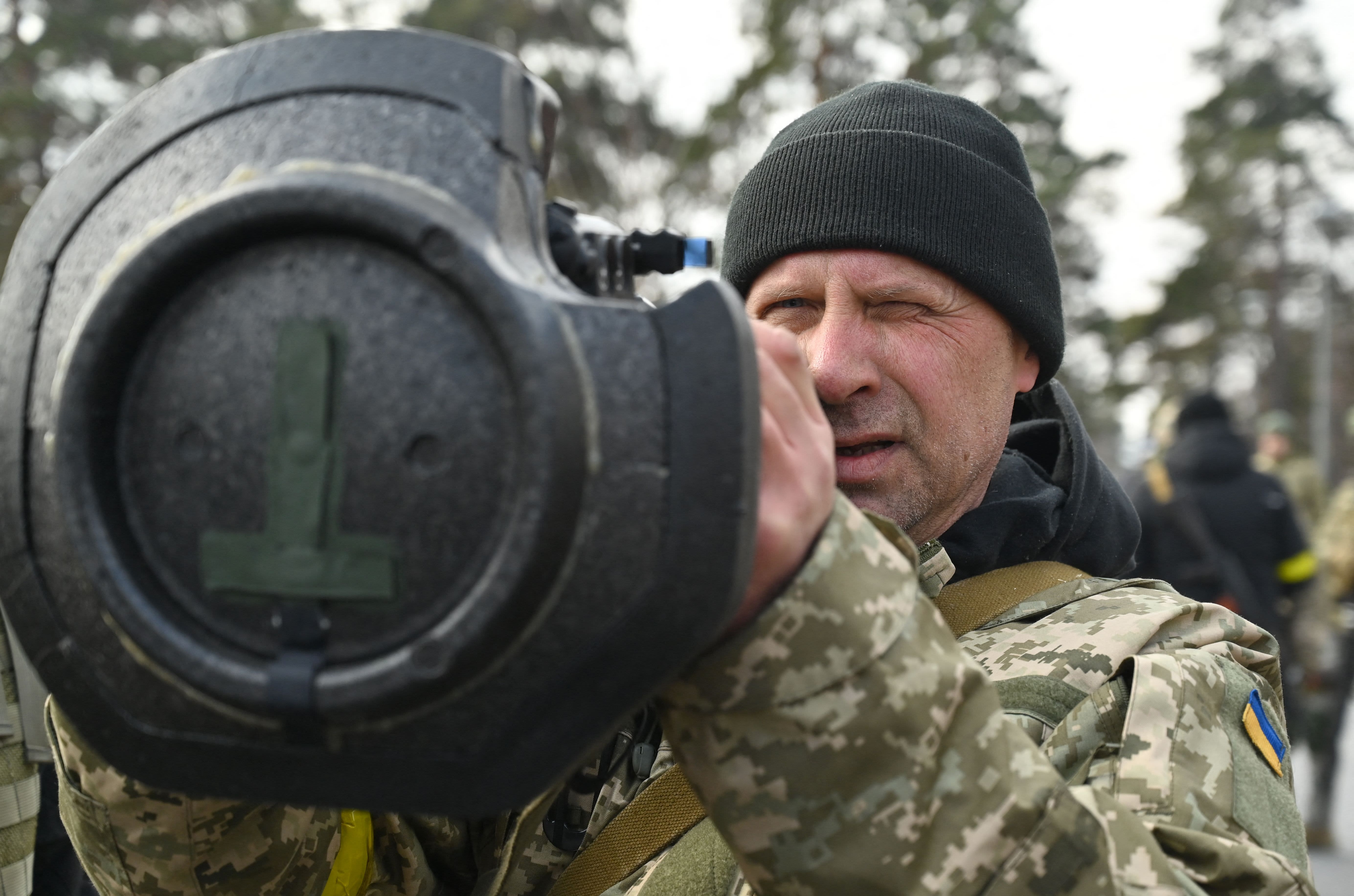
From building apartments for new employees to offering retired workers free canteen meals to share their expertise, Central Europe’s arms makers are scrambling for new ways to cope with the biggest boom since the end of the Cold War. Facing some of the tightest labor markets in Europe, weapons makers in Poland and the Czech Republic are launching or expanding programs to recruit and train new workers after the Ukraine war drove a spike in demand for their productions.
Jiri Hynek, president of the Defence and Security Industry Association of the Czech Republic, said companies that do not ramp up output quickly risk losing market shares. With enough labor, he estimated, the country could increase production by as much as 20 percent.
However, it takes work. The defense sector is inherently unstable, with the business cycle volatile and production lines vulnerable to shutdowns for several reasons. Moreover, the global weapons production landscape is changing rapidly, with significant shifts in technology and structures for research and development, production, and system integration. The old, state-based weapons producers have given way to multinational networks for civilian and military-related products, with an ever-increasing market share held by emerging countries.
The Ukraine war has also heightened the need to diversify and boost production, which requires significant investment in facilities and machinery. The crisis is also driving a rethinking of NATO’s alliance with Russia, with European leaders urging the bloc to boost defense spending and build up its stockpiles. However, balancing those needs with the desire to preserve economic ties with Moscow will be difficult for the NATO member states, most of which have a strong legacy of military-industrial promotion.
Despite declining unemployment in the Czech Republic and Poland, finding qualified workers is challenging. Arms makers are implementing various creative solutions, including partnership campaigns, offering incentives to retirees, and expanding cooperation with universities. However, in the long run, these measures are a stopgap for an industry that depends on innovation to keep growing.
One of the biggest problems facing the Czech Republic’s arms sector is that most factories were designed for peacetime rather than wartime. As such, they lack the equipment needed to handle the soaring demand for Ukraine-related supplies.
According to some Czech arms manufacturers, the solution is to look abroad. Investing in foreign subsidiaries can allow companies to operate under more favorable legislation, while the ability to hire employees from other countries is another benefit, they say. However, that will require a significant commitment to training, which is time-consuming. In the meantime, many manufacturers are increasing production capacity by retooling existing machinery and working to build up their spare parts inventory. Those stocks can then be used when production lines go down or to fill in gaps in orders for Ukrainian-related supplies. In some cases, such as at Nammo, the Norwegian arms maker with plants in the Czech Republic and the United States, the company is doubling and tripling production.


